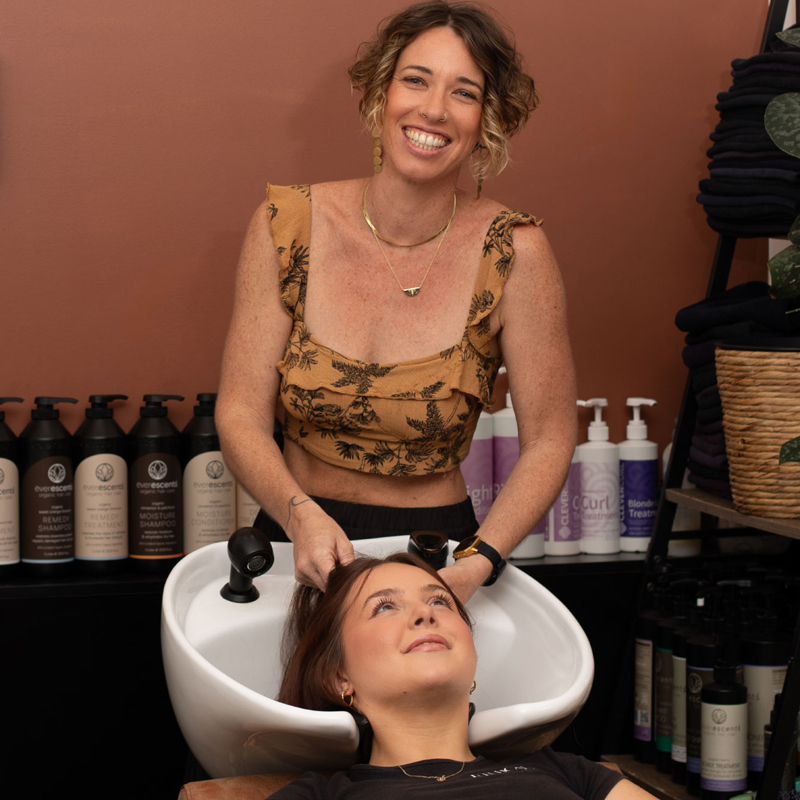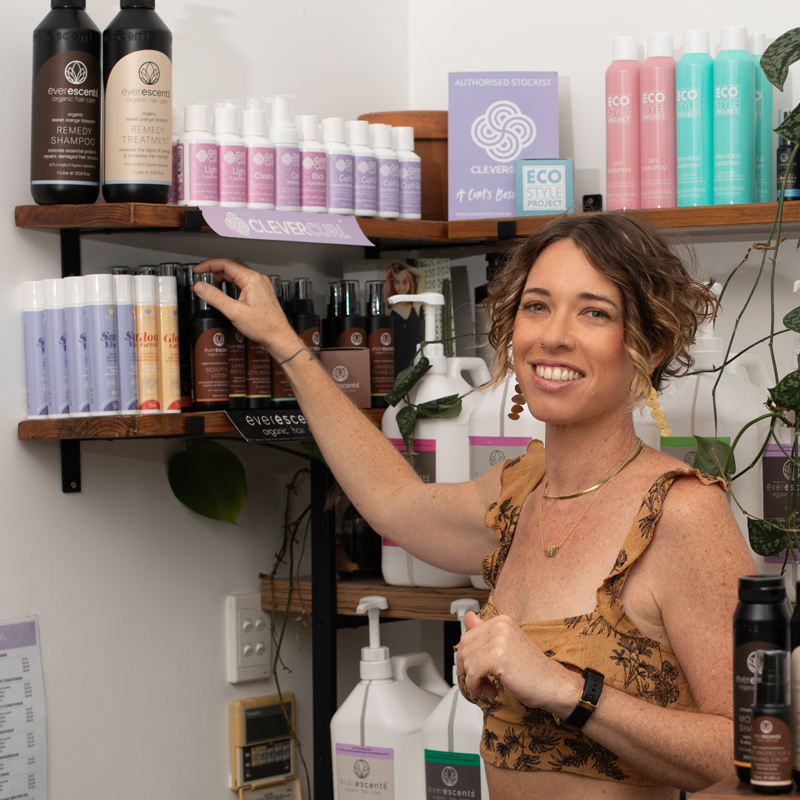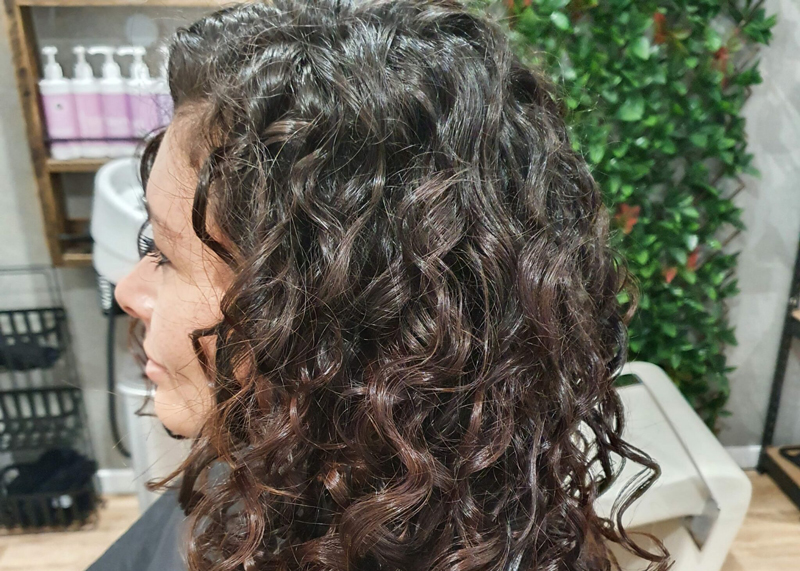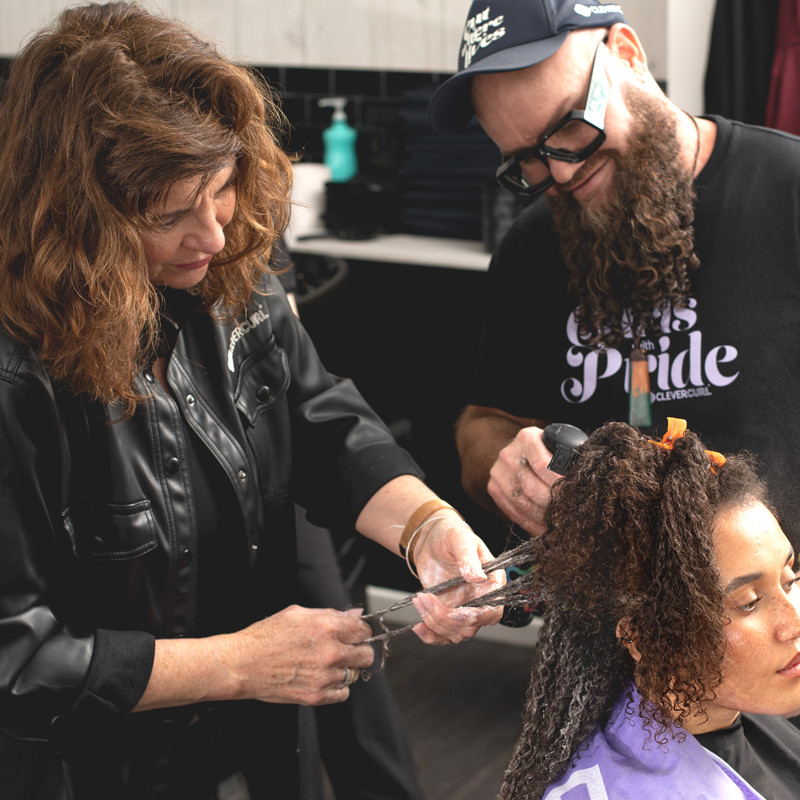If you have ever heard the term “hair porosity” and wondered what it meant, you are not alone!
There are many different terms and categories used to describe hair health, texture and type, and hair porosity refers to the general ability of the hair strands to absorb and retain moisture.
Generally speaking, there are three main categories of hair porosity that most hair types fit into, which are low, medium and high porosity.
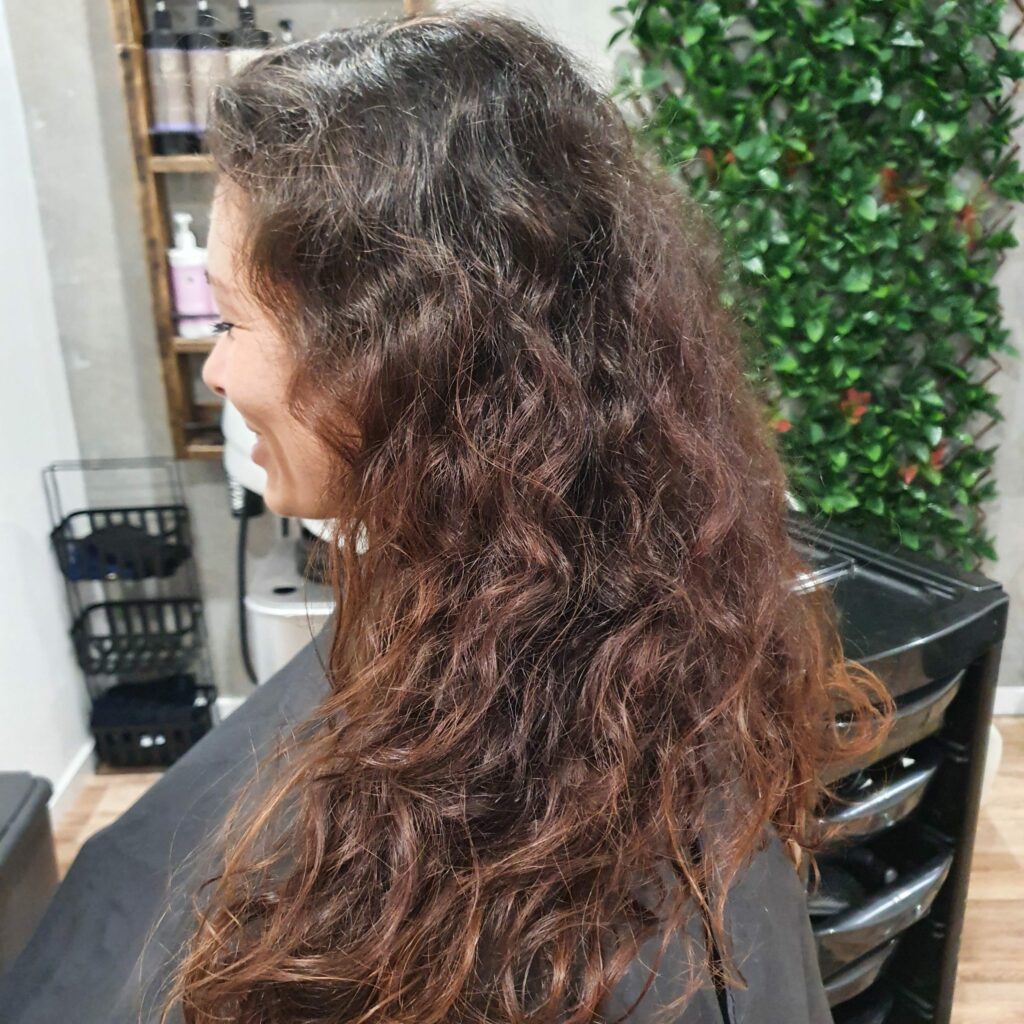
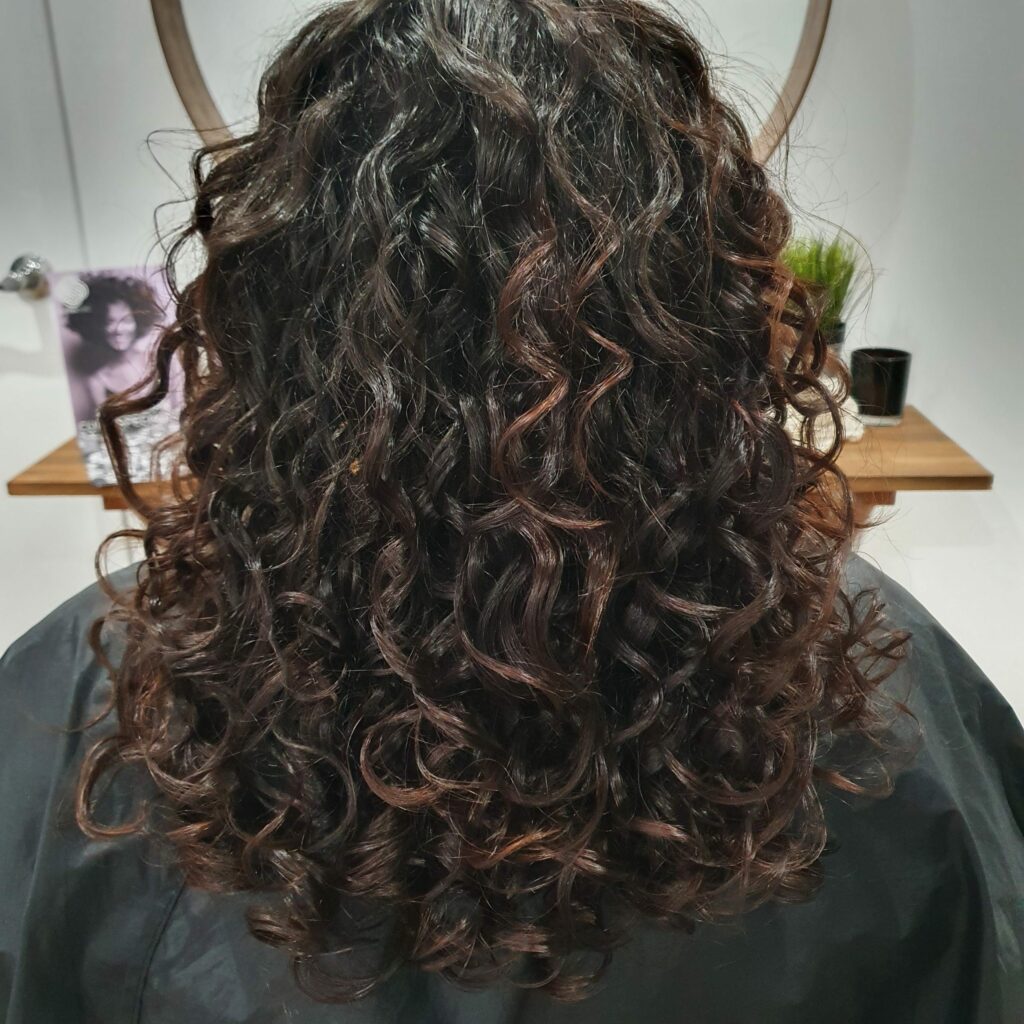
WHAT IS POROSITY EXACTLY?
Porosity is a measurement of the hair’s ability to absorb and hold moisture. It can also be described as the indicator of how easily moisture can penetrate the hair. Hair porosity is largely determined by genetics, but can also be altered by external factors such as heat and chemical processing.
Other examples of materials with varying degrees of porosity include wood, marble, cement, sponge or rock and their porosity level refers to the percentage of open pockets of air (or pores) on the material’s outer-most surface, and hence its ability to absorb and retain moisture.
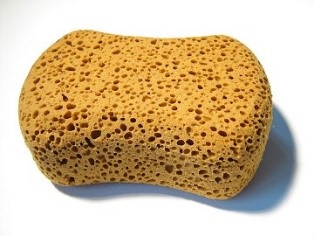
A sponge is an example of a porous material as it has a large percentage of empty spaces covering its outer surface.
Image source: https://energyeducation.ca/encyclopedia/Porosity
When talking hair, the porosity level is determined by the structure of the hair cuticle, which is the outer-most layer of the individual hair shaft.
Low porosity hair
is characterised by a tightly bound cuticle layer, making it difficult for moisture to penetrate, and also difficult for moisture to escape once it has penetrated the hair. Low porosity hair is characterised by hair that takes a long time to dry, can be resistant to colouring and other chemical processes and prone to product build-up.
On the other hand, high porosity hair has gaps and openings in the cuticle layer, allowing moisture to easily pass in and out. Highly porous hair typically dries quickly, is prone to frizz, and can tend towards feeling dry.
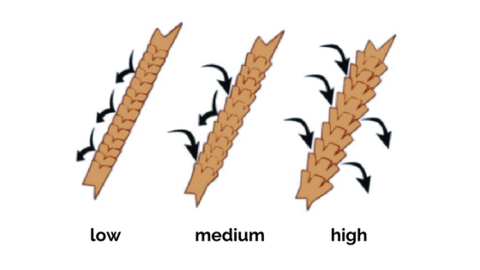
Image source: naturallclub.com
How can I find out my hair porosity?
Hair porosity can generally be determined by how it feels to the touch and the length of time it takes to dry, as well as its ability to retain its moisture.
There are a few quick tests that are popular for people to conduct at home to determine the porosity level of hair. These tests are not guaranteed to give an exact result however they will certainly help you understand how porosity works.
The Float Test:
- Take some strands of hair from your brush or comb (be sure to use clean hair as products can alter the results) and drop them into a glass of water
- Let them sit for a few minutes, and if the strands float after the time is up, you likely have low porosity hair. If it sinks, the hair is likely to be high porosity
- If the hair floats somewhere in the middle of the glass, this would indicate medium porosity hair.
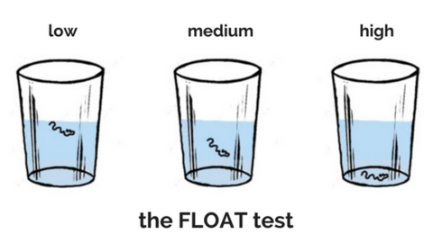
Image source: naturallclub.com
The Strand Test:
- Take a strand of hair and slide your fingers up it, toward your scalp
- If you feel small bumps along the way, you may have high porosity
- If the shaft is smooth, your cuticle is bound tight and you may have low porosity hair
The Spray Bottle Test:
- Take a small section of your hair and mist it with some water from a spray bottle.
- Watch closely, if the water beads up on the hair, it is low porosity
- If the water absorbs quickly, the hair is high porosity
- If you notice the water sitting on the hair for a couple minutes before absorbing in, the hair is medium porosity
Ok I think I know my hair porosity, so how should I look after it?
Low Porosity Hair is moisture resistant, meaning that it may be difficult to get moisture into the hair, but once you do, you don’t need to worry as much about your hair drying out.
Low porosity hair can also be prone to product build-up, so use richer products sparingly, or opt for lighter products to keep the hair from becoming weighed down.
Cleansing with a low-poo (sulfate free shampoo) intermittently can also prevent low porosity hair from becoming weighed down, and help to open up the hair cuticle to allow moisture to penetrate more effectively.
Products to consider for low porosity hair:
- Products containing humectant properties (products that attract moisture) such as Clever Curl Curl Gel, Dry Weather Clever
- Moisturising products containing hydrating ingredients as well as hold to add texture to the hair such as Clever Curl Wonderfoam
- Clever Curl Light Conditioner which is rich in moisture yet light weight
- EverEscents Fresh Mint Low-Poo to help open up the tightly bound cuticle layer to remove build-up and allow moisture to penetrate the hair shaft
Medium Porosity Hair
has a looser cuticle layer, allowing for a steady but moderate flow of moisture in and out of the hair.
Medium porosity hair generally copes well with styling, colouring, and chemical processes, but be aware that frequent treatments can slowly increase the porosity of the hair, making it more difficult over time to maintain such treatments.
Medium porosity hair has little to no difficulty absorbing or retaining moisture, and tends to be relatively healthy with minimal exposure to damage from UV, chemical or heat processing.
Products that are balanced in moisture can help medium porosity hair remain healthy.
Products to consider for medium porosity hair:
- Clever Curl Cleanser to gently clean, balance and hydrate the scalp and hair
- Deep condition periodically with a product that includes protein such as Clever Curl Curl Treatment
- A hydrating leave in product such as Clever Curl Curl Cream to keep the hair moisturised
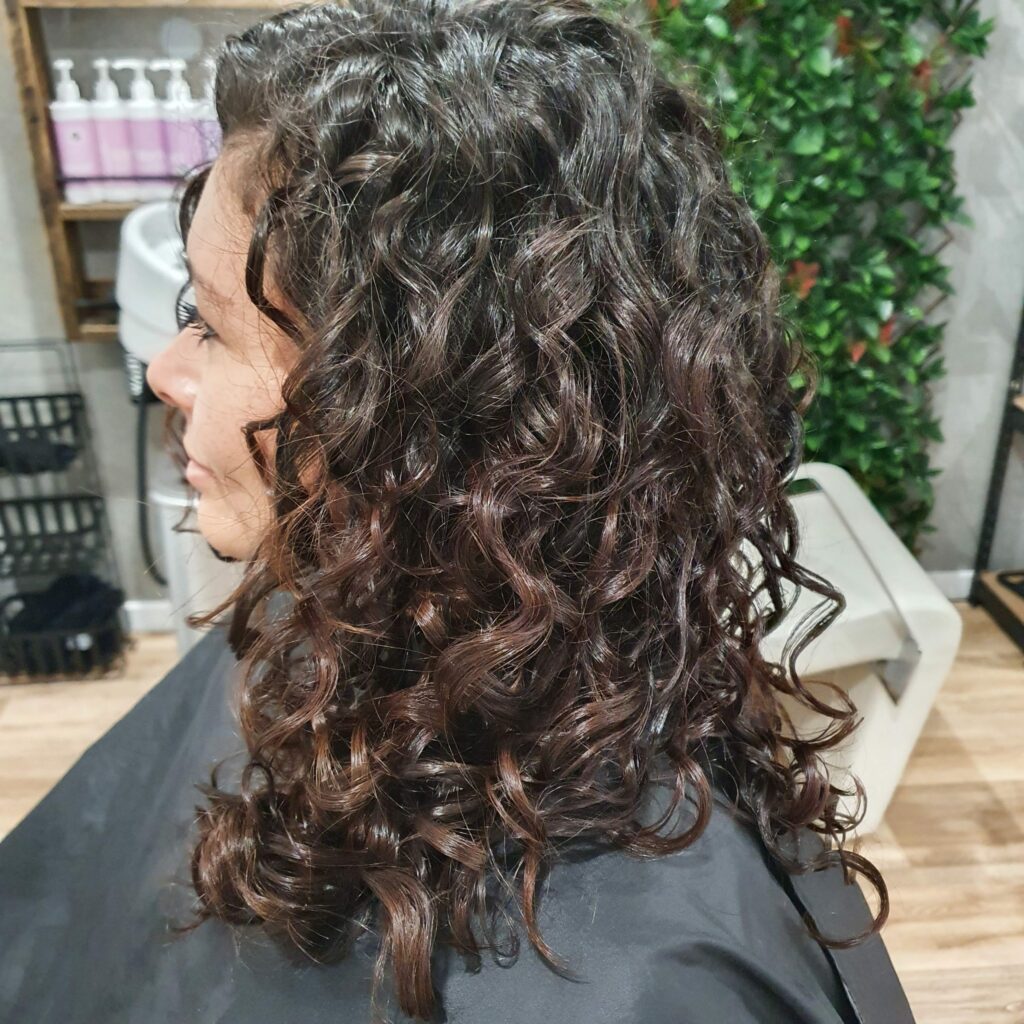

High Porosity Hair
has gaps and openings in the cuticle layer which allow moisture to pass quickly in and out. This can sometimes lead to frizz and tangling in humid weather, and extreme dryness in dry weather.
High porosity hair has difficulty retaining its moisture and tends to be more easily damaged as a result of UV exposure, heat styling and chemical processing.
High Porosity Hair benefits from a lot of nourishment and moisture, so it is beneficial to use products rich in moisture with added protein to help give the hair shine, nourishment and lock in hydration.
Products to consider for high porosity hair:
- Products containing anti-humectants such as Clever Curl Gel, Humid Weather Clever will seal the hair cuticle and prevent them from absorbing too much moisture from the air which may lead to frizz
- Leave-in moisturisers such as Clever Curl Wonderfoam and Curl Cream will keep the hair hydrated throughout the day and prevent dryness
- A deep treatment containing protein as well as moisture to nourish, hydrate and repair the hair such as Clever Curl Treatment
Hot tip! When washing and rinsing high porosity hair, try to use lukewarm or cool water. This encourages the cuticle to close and retain more water for a smoother feel.
It is important to remember that there are no “good” or “bad” hair types, every curl is different and the key is knowledge of your hair type and knowing how best to care for the curls that you have 😊
Sources:
https://myrevair.com/blogs/news/hair-porosity


